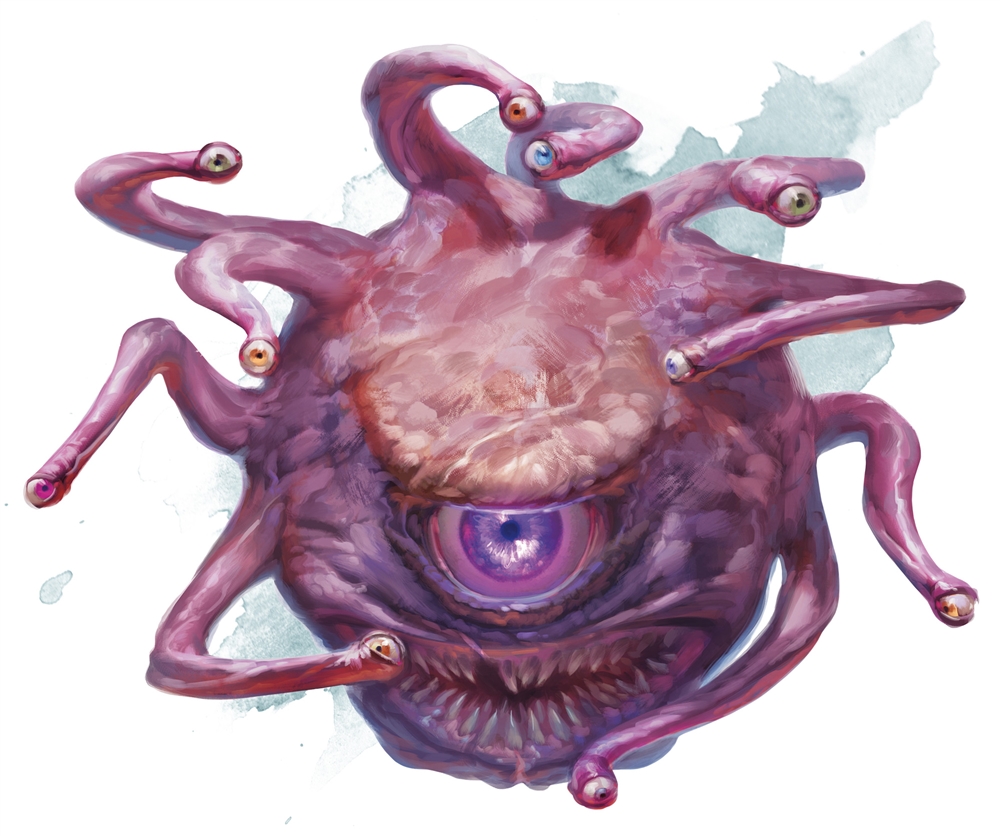WotC's Jeremy Crawford revealed a couple of the lore changes in Monsters of the Multiverse.

 www.enworld.org
www.enworld.org
- The big shift is toward the multiverse as the game's main perspective rather than a specific setting. The game is shifting towards a multiversal focus, with a variety of worlds and settings.
- Universe-spanning mythical story beats, such as deep lore on goblinoids going back to 1st Edition, and the gods they had before Maglubiyet. Prior to Magulbiyet unifying them, goblinoids were folk of the feywild in keeping with 'real-world' folklore.
- Changelings aren't just Eberron, but they've been everywhere -- you just don't necessarily know it. Their origin is also in the realm of the fey.
D&D 5E - A Compilation of all the Race Changes in Monsters of the Multiverse
Over on Reddit, user KingJackel went through the video leak which came out a few days ago and manually compiled a list of all the changes to races in the book. The changes are quite extensive, with only the fairy and harengon remaining unchanged. The book contains 33 races in total, compiled and...
 www.enworld.org
www.enworld.org





